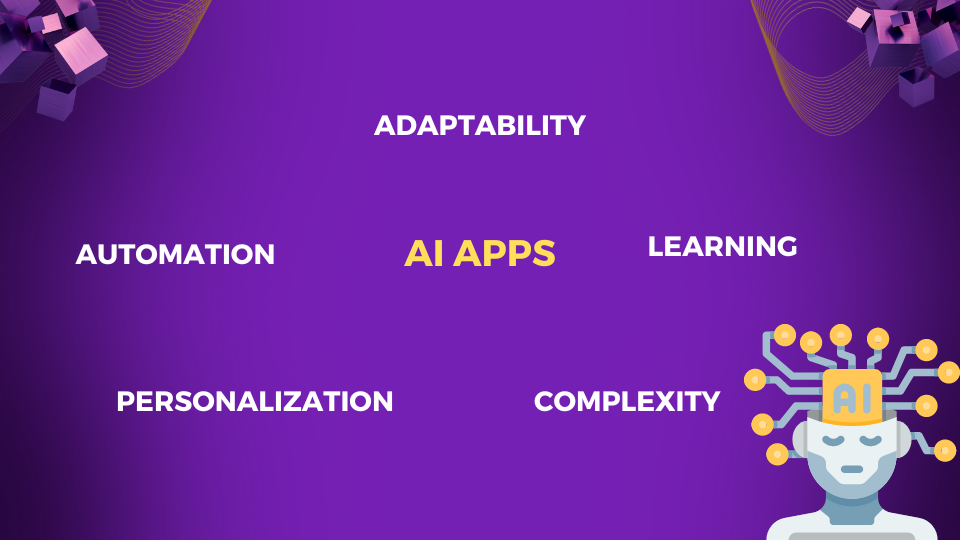The rapid advancement of technology has brought forth many innovations that have reshaped our daily lives. Among these, Artificial Intelligence (AI) has emerged as a transformative force, revolutionizing how we interact with and utilize applications. Traditional apps have long been the backbone of the digital world, but AI apps are now challenging the status quo. This article will explore AI Apps vs. Traditional Apps, highlighting their strengths and weaknesses.
Understanding Traditional Apps
Traditional apps, often called “conventional” or “legacy” apps, have been the norm for decades. These apps follow predetermined algorithms and functions and rely on user input. They are static, responding to user commands without the ability to adapt or evolve independently. Examples of traditional apps include word processors, spreadsheet software, and email clients.
Traditional apps are designed with specific functionalities in mind and typically require human intervention to perform tasks. While they excel in delivering consistent and predictable results, their limitations become evident when faced with complex or dynamic situations. They can only learn, adapt, or make decisions within their programmed parameters.

AI Apps vs. Traditional Apps
The Rise of AI Apps
In contrast, AI apps are powered by artificial intelligence and machine learning algorithms, which enable them to process and analyze vast amounts of data to make informed decisions and improve their performance over time. These apps can learn from user interactions, adjust to changing circumstances, and provide personalized experiences. AI apps include virtual assistants like Siri and Alexa, recommendation systems like Netflix’s content suggestions, and even autonomous vehicles.
Read more: 10 Key Benefits of AI APP for Business
Key Differences (AI Apps vs. Traditional Apps)
1. Adaptability:
– Traditional Apps: Fixed and inflexible, traditional apps can only adapt to changing user preferences or environments with manual updates.
– AI Apps: AI apps continuously learn and adapt, offering users more personalized and context-aware experiences.
2. Automation:
– Traditional Apps require users to input specific commands or parameters to perform tasks.
– AI Apps: Can automate tasks, make decisions, and provide recommendations based on user behavior and data analysis.
3. Personalization:
– Traditional Apps: Offer limited personalization options, relying on user input for customization.
– AI Apps: Tailor content, recommendations, and interactions to individual users, enhancing user engagement and satisfaction.

Features of artificial intelligence apps
4. Complexity:
– Traditional Apps: Typically excel in performing well-defined tasks but need help with complex and unstructured data.
– AI Apps: Thrive in handling large datasets and complex scenarios, making them suitable for natural language processing and image recognition applications.
5. Learning
– Traditional Apps: Do not possess the ability to learn or improve their performance autonomously.
– AI Apps: Continually learn and enhance their capabilities through machine learning algorithms, becoming more effective over time.
Conclusion
While traditional apps have been the bedrock of the digital era, AI apps are redefining what technology can achieve. They offer adaptability, automation, personalization, and the ability to handle complex tasks that traditional apps cannot match. However, it’s important to note that AI apps also raise concerns about data privacy, ethics, and security that must be carefully addressed.
Ultimately, the choice between AI apps and traditional apps depends on the specific needs of users and the tasks at hand. As AI continues to evolve, we can expect to see a growing shift towards AI-powered applications, transforming how we interact with technology and enhancing our daily experiences in ways we couldn’t have imagined before.




